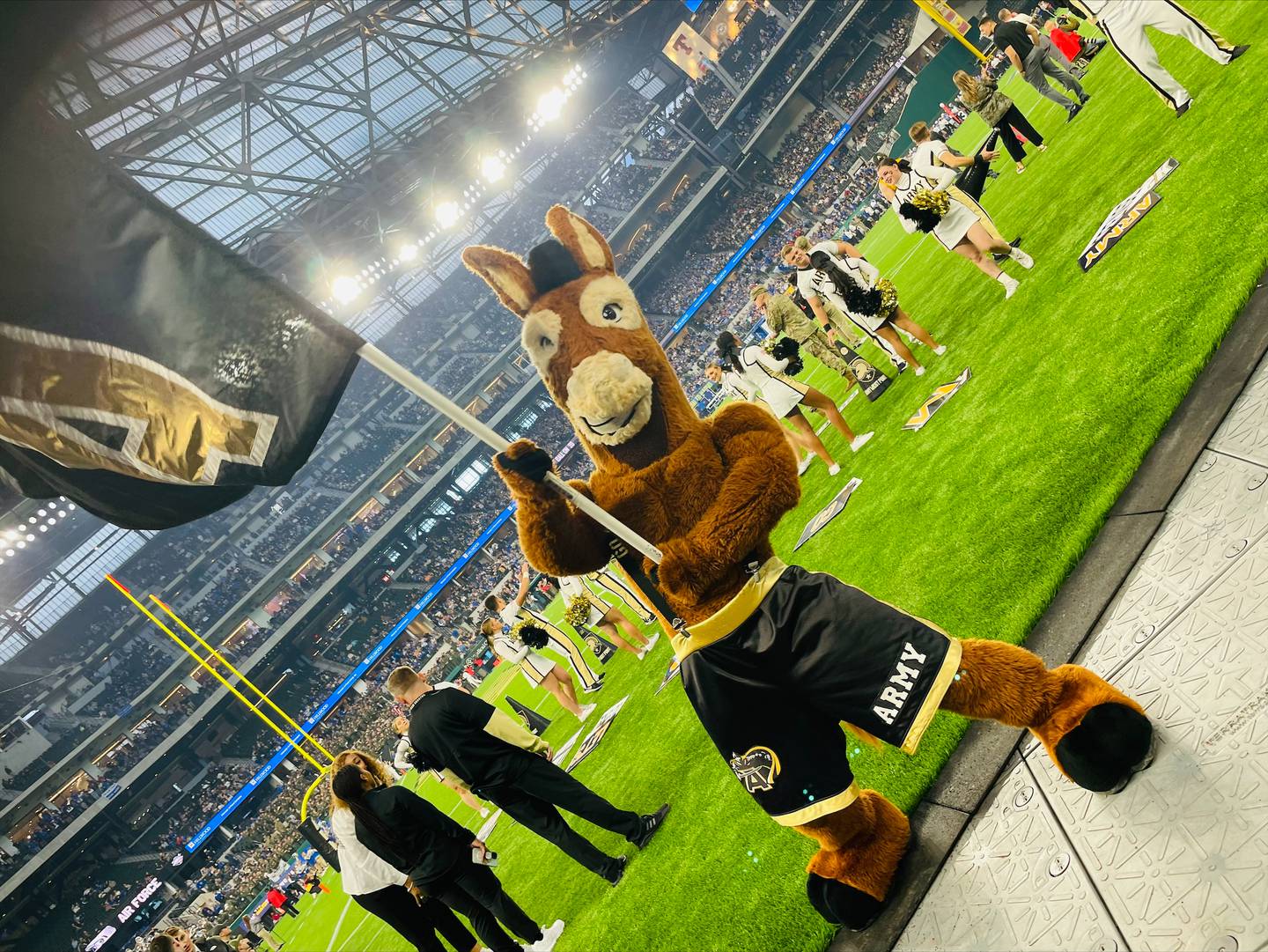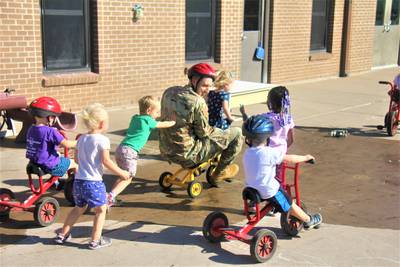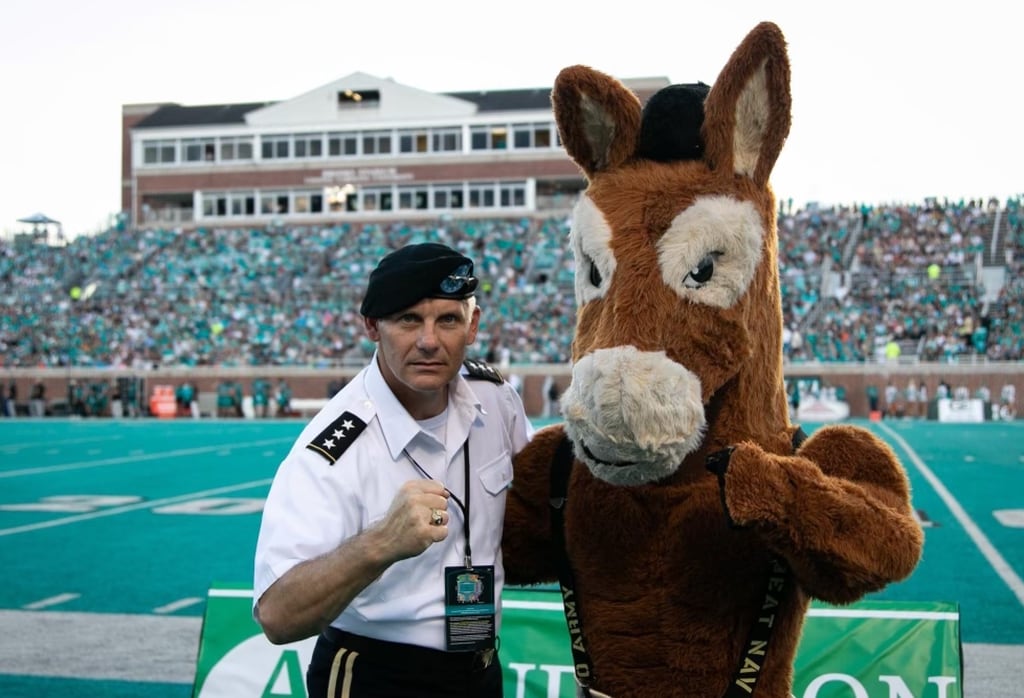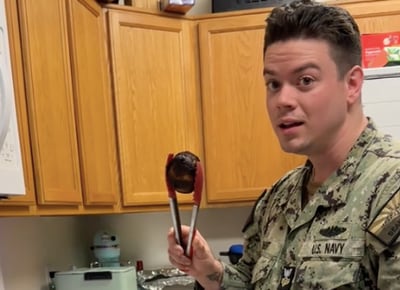The U.S. Army and Navy may have been brothers in arms for hundreds of years, but they have been rivals in competition for just as long. This competitiveness becomes all the more apparent in the annual clash of the Army-Navy football game.
After a supposedly macabre incident involving a sailor wearing a dead goat skin to a match in the late 19th century, the Naval Academy began to view the pack animal as a good luck charm and, by 1893, made it its mascot. Six years later, the Army fired back ... with a literal pack mule.
The first Army mule, according to the service’s records, pulled an ice wagon.
“He became a mascot when an officer at the Philadelphia Quartermaster Depot decided that Army needed something to counter the Navy goat in the 1899 game between the rival service academies,” the article notes.
Little is known about the Army’s mascot until 1936, when a mule named Mr. Jackson, for Thomas “Stonewall” Jackson, began his 12-year reign.
West Point’s BlackJack mascot isn’t the school’s only representation, however. In addition to BlackJack the mule, the school touts the Black Knight. The latter remains squarely for football, but the mule carries the honor of being the mascot for the entire U.S. Army.

That’s what attracted Cadet Nathan Segovia to join the BlackJack mascot team at West Point.
“We’re the symbol for the entire Army wherever we go,” he told Military Times. “It’s really nice.”
Segovia is in his third year at West Point and joined the mascot team as a freshman. He’s now captain of the team.
“I have three different squads, each with five separate mascots that are in each slot, and three of them operate as BlackJack for every event or week,” he said. “The other two are the Black Knight.”
Segovia said it was surreal the first time he donned the suit.
“Putting on the outfit is very methodical most of the time,” he said, laughing. “You have to try to get the body on first and then you slip on the hands so you can get them to fit through the suit. And hopefully, you’re the first one to wear it that day ... otherwise, it’s very moist.”
The impaired vision is probably the hardest part — aside from having to do push-ups in the suit in front of roaring crowds. Segovia found it disorienting to walk in character the first time.
“I was at the mercy of the team captain at the time,” he noted. “Once I was in the suit, I was escorted around because you can’t see outside, so you always need a handler or a guide, essentially for wherever you can go.”
Despite the distorted vision, being a mascot is a blast, he said. Still, the more serious weight of what he was doing didn’t truly hit Segovia until he had an experience with an older West Point alum. The gentleman approached him while Segovia was in costume and requested a photo together.
“Every time that I have a chance, I take a picture with BlackJack,” he told Segovia. “Mascot pictures are the only ones I have of myself and my buddy, who is no longer here with us.”
That experience illuminated the impact of working on a spirit squad for Segovia.
“From then on, I realized it was the least I could do for a lot of the old grads — be a part of the memories that they cherish,” he said.
Sarah Sicard is a Senior Editor with Military Times. She previously served as the Digitial Editor of Military Times and the Army Times Editor. Other work can be found at National Defense Magazine, Task & Purpose, and Defense News.
In Other News















